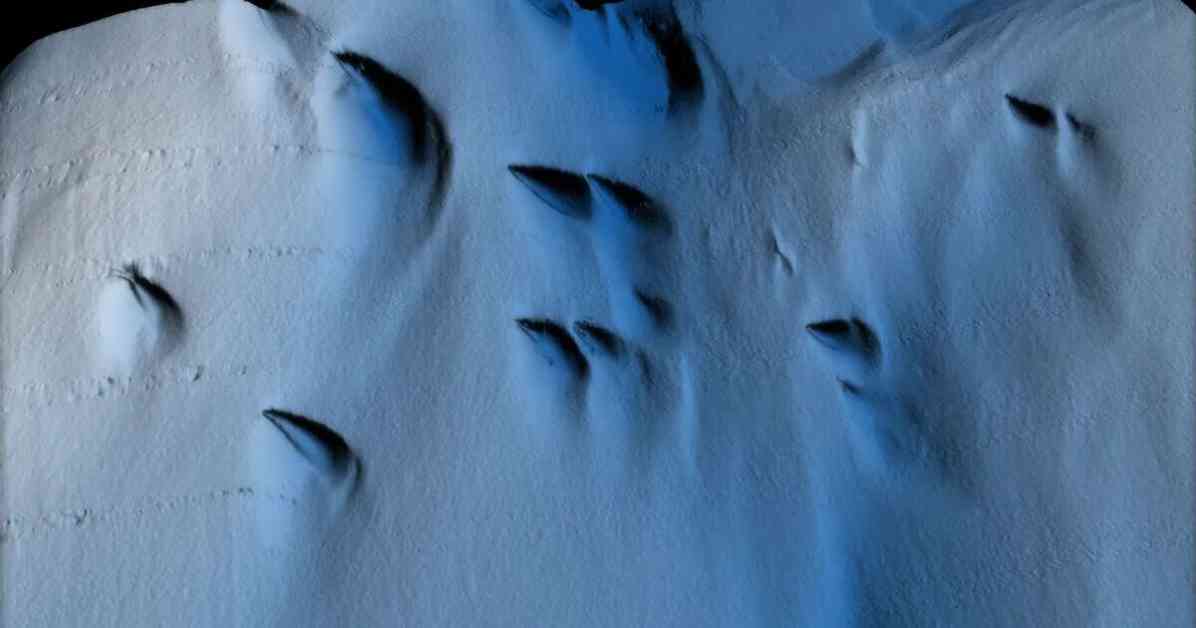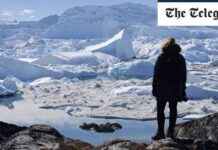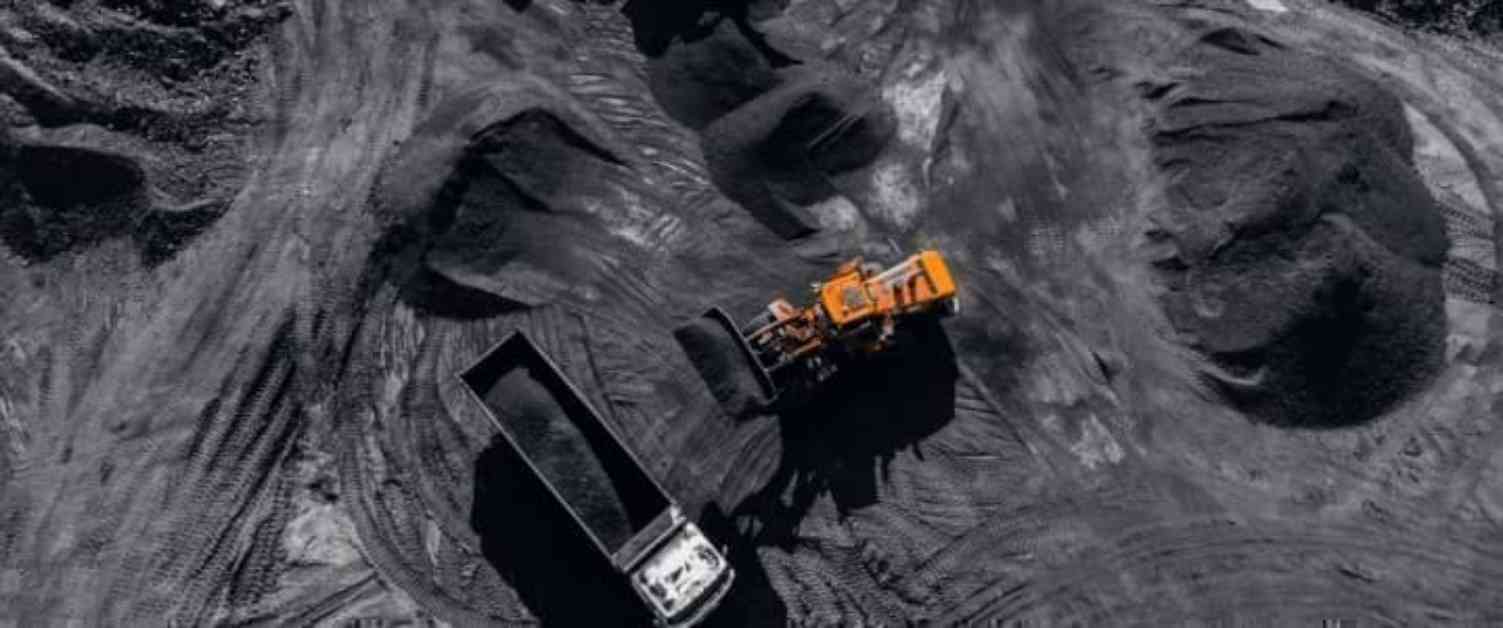Scientists recently made a groundbreaking discovery beneath the ice of Antarctica that has never been seen before. The discovery was made below the Dotson Ice Shelf in West Antarctica during an expedition to create the most detailed image of the glacier’s underside. This floating ice shelf is massive, measuring 30 miles wide and seven times the size of New York City.
The researchers used a remotely operated vehicle (ROV) to explore 10 miles under the glacier and travel over 600 miles along the underside of the ice. The survey revealed some peculiar teardrop shapes beneath the ice shelf, which were up to 1,300 feet long. These shapes are believed to be formed by uneven melting as water moves across the glacier’s underside, influenced by Earth’s rotation.
According to study lead author Anna Wahlin, understanding how ice melts from beneath is crucial for comprehending the ice cycle in Antarctica. This process is just as important as calving in moving land ice to the ocean. The findings from this unprecedented survey were published in the journal Science Advances and shed light on the threats facing the Dotson Ice Shelf.
The survey showed that the glacier is melting fastest in areas where underwater currents are wearing away at its base, and fractures within the glacier are facilitating the melt’s ascent to the surface. The researchers also found that the glacier’s base is not smooth but dotted with teardrop shapes, which are believed to be influenced by the Coriolis force due to Earth’s rotation.
The discovery of these teardrop shapes provides valuable insights into the melting of glaciers in Antarctica and could help scientists better understand how ice moves from the continent into the ocean. The eventual collapse of the Dotson Ice Shelf is a certainty due to warm ocean water seeping underneath and detaching it from the land.
This groundbreaking discovery highlights the importance of studying the underside of glaciers in Antarctica to understand the processes that contribute to ice melt and sea level rise. The researchers’ use of advanced technology like ROVs has allowed them to create the most detailed image of a glacier’s underside to date, providing valuable data for future research on climate change and its impact on polar regions.










